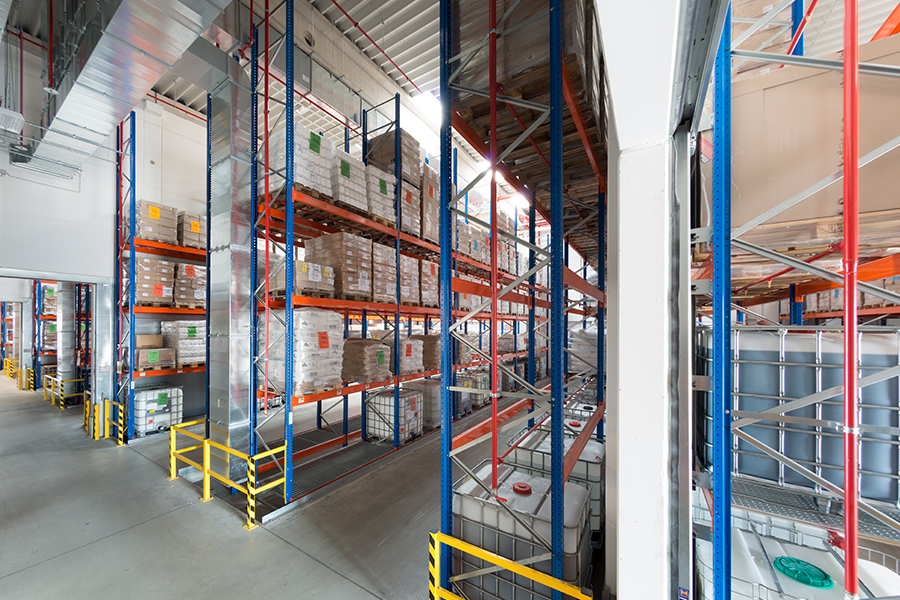
WAREHOUSE SOLUTION

In most warehouse locations, a foam extinguisher and a CO2 extinguisher have historically been utilized as an efficient fire fighting combo. While foam offers all-around protection for class A (fires involving wood, paper, etc.) and class B (fires involving flammable liquids), CO2 is good at putting out electrical fires.
Fire Prevention Tips
- PAT Testing
- Fire Risk Assessment
- Locate Fire Extinguisher
- Regular Equipment Maintenance
- Emergency Lighting.
- Having Fire Warden Training
- Functioning Sprinkler System
- Provide Fire Alarm, Fire Door, Fire Signage
Compliance with fire safety codes is important not only for keeping your building safe from fires, but also for avoiding potentially damaging fire marshal fines.
Warehouse Fire Safety
- Have working fire suppression systems – this is a requirement for any building, but having well installed and maintained fire suppression systems in your warehouse is the single most thing you can do in your building. Deluge fire sprinklers are commonly used in warehouses, along with in-rack fire suppression systems.
- Maintain proper distance beneath sprinkler heads – you must have at least 18 inches of space below all sprinkler heads, as anything higher could block water flow and compromise your warehouse protection.
- Allow for space between pallets – if you store things on pallets, make sure to keep three inches of transverse space on all sides of each pallet and six inches of longitudinal flue space between back-to-back rows.
- If you store things using racked pallets, keep at least three inches of “transverse flue space” on either side of every rack. Transverse flue space refers to the space on either side of a racked pallet. Also, be sure to maintain six inches of longitudinal flue space, or space between rows of back-to-back rack.
Design a Fire Protection Plan

Evacuation plans – Every building needs a clear evacuation plan. A fire safety expert can help map out the easiest exit routes and run fire drills. Since warehouse layouts often change, employees should head to the nearest safe exit, not a fixed one.
Fire extinguisher training – Warehouses usually have Class ABC or D fire extinguishers. A fire safety company can train staff to use them properly in case of a fire.
Marking storage and staging areas – Use tape to clearly mark where items should be stored or staged. This helps keep aisles clear and safe.
Managing trash – Keep the area clean to reduce fire risk. Provide trash cans, assign someone to empty them regularly, and stack unused pallets no higher than six feet.
We at AITO offer experienced advice, consulting services, and a solution for Warehouse Fire Protection.


